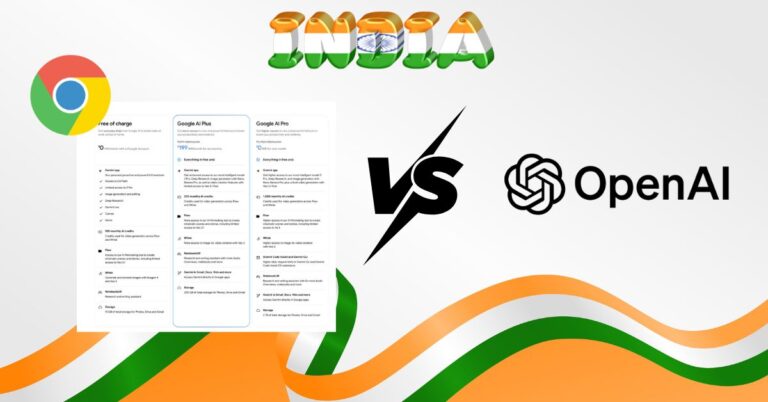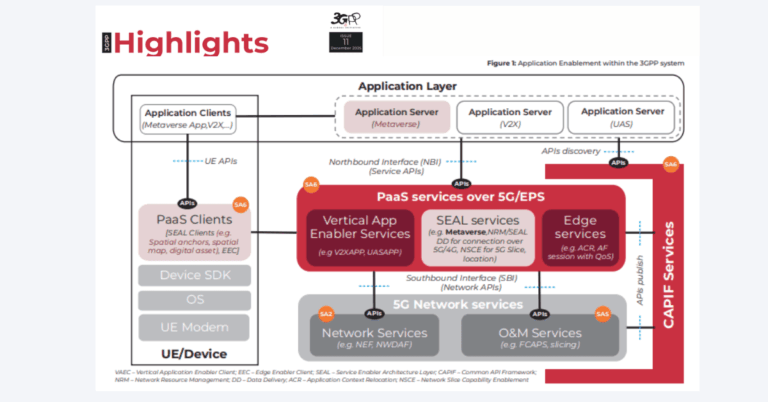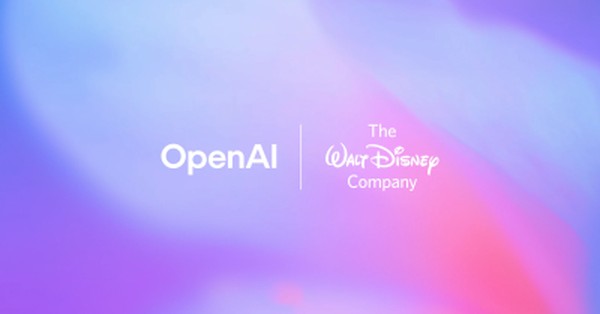Europe drives 6G video codec standardization
A new alliance between Ericsson, Nokia, and Fraunhofer HHI signals a coordinated push to define the video codec that will underpin immersive and mobile experiences as 6G arrives.
Key announcement and demo results
Ericsson, Nokia, and Fraunhofer HHI jointly demonstrated a proof‑of‑concept codec that delivers meaningfully higher compression than today’s widely deployed standards—H.264/AVC, H.265/HEVC, and H.266/VVC—without a notable rise in complexity. The partners emphasize energy efficiency and scalability, which are critical for battery‑powered devices, edge compute, and large streaming workloads. Their submission was positively received by the ITU‑T Video Coding Experts Group and ISO/IEC MPEG, the bodies that jointly steward the H.26x/MPEG lineage. The work is positioned as an on‑ramp to the next standardization phase, targeting readiness to support commercial deployment around 2029–2030, in step with 6G timelines.
Why 6G-ready video compression matters
Video remains the dominant driver of IP traffic, and emerging workloads—XR, gaming, 3D, and AI‑generated media—demand lower bitrates, lower latency, and better energy profiles. Operators need tools to keep unit costs flat while density and quality rise. Enterprises want reliable low‑latency media for training, telepresence, and industrial use. A codec that outperforms VVC with manageable complexity could shift the economics of mobile video, enable more ambitious immersive services, and reduce the energy footprint across devices, networks, and data centers. It also reinforces Europe’s role in critical media and network standards as 6G architecture takes shape.
Technology details and standards roadmap
The collaboration moves the conversation from incremental tuning to a candidate technology path for the next formal codec standard.
Beyond VVC: path to the next 6G codec
VVC (H.266) is the current high‑efficiency benchmark for broadcast, streaming, and premium mobile video. Yet VVC alone will struggle to meet 6G‑era requirements spanning live XR, volumetric/3D, and machine‑oriented streams. The next standard is expected to address immersive media and mobile constraints natively, with better tools for high motion, layered scalability, and low‑latency modes. As with past cycles, ITU‑T VCEG and ISO/IEC MPEG will coordinate—typically via the joint JVET process—through a sequence of calls for evidence, test models, core experiments, and verification testing before finalization. The partners’ early result is a signal that the bar for compression gains can be raised without imposing prohibitive encode/decode costs.
Early evaluation: compression gains and complexity
Positive feedback from the standards bodies suggests the proof‑of‑concept meets baseline expectations on compression and complexity. “No significant complexity increase” is important: many of today’s live workflows already run near real‑time limits, and mobile devices must protect battery life. Energy efficiency claims matter for operators aiming at net‑zero targets and for hyperscalers seeking lower TCO per stream. The partners also stress scalability, which is central to adaptive streaming ladders, multi‑view XR, and distributing the same content across heterogeneous devices over mobile and Wi‑Fi networks.
Impact on operators, cloud providers, and device OEMs
Better compression can reduce transport load, but success will hinge on compute economics, silicon support, and licensing clarity.
Network and edge planning for 6G video
Bitrate reductions cascade across RAN, backhaul, core, and CDN egress, improving QoE at a lower cost per bit. Yet encoding complexity drives compute at origin and edge, so operators and streamers should model both bandwidth savings and CPU/GPU/ASIC spend. For 6G, placing encoders and transcoders at the MEC layer will be attractive for live and interactive traffic, provided the new codec offers low‑latency tools and efficient hardware acceleration. Multicast/broadcast features in 5G‑Advanced and prospective 6G frameworks, combined with a more efficient codec, could make large‑scale live events and software updates more economical. Energy efficiency improvements should factor into sustainability KPIs for network planning and data center operations.
Device and silicon roadmap considerations
Adoption hinges on hardware decoders in smartphones, XR headsets, TVs, and automotive systems. History suggests a two‑to‑three‑year lag from standard freeze to broad silicon support. OEMs and chipset vendors should map when dedicated decode/encode blocks can land without penalizing die area or power. Until then, software decode will limit reach to premium devices and select use cases. The competitive landscape also matters: AOMedia’s AV1 (and future AV2), MPEG‑5 LCEVC enhancement, and VVC will coexist. Codec agility in players and pipelines is essential to negotiate devices, licensing, and performance trade‑offs across regions and verticals.
Target 6G use cases for the next codec
Beyond conventional streaming, the target workloads span immersive, interactive, and machine‑centric media.
XR and low-latency streaming
XR telepresence, cloud gaming, and real‑time collaboration demand tight latency budgets and robust compression at high motion and resolution. Scalable and multi‑view tools will be critical to deliver consistent QoE across head‑mounted displays and mobile screens over variable wireless links.
AI-generated and machine-vision streams
Generative media increases content volume and variability, while industrial and automotive systems require efficient coding of camera and sensor feeds for analytics. A next‑gen codec must perform well on both human‑viewed and machine‑consumed streams, with resilience to content characteristics that differ from traditional video.
Milestones and actions to prepare
The standardization path and ecosystem readiness will determine when organizations can deploy at scale.
Standards and licensing milestones
Watch for calls for evidence and test model publications from the ITU‑T/MPEG process, the formation of core experiments, and verification test plans. Conformance bitstreams and reference software will signal maturity. Equally important are licensing developments, including any patent pool announcements and FRAND terms—fragmented licensing slowed VVC adoption. Alignment with 3GPP media features for 5G‑Advanced and early 6G (e.g., multicast/broadcast, QoS for XR) plus progress in transport standards like QUIC, LL‑DASH, CMAF, and WebRTC will shape end‑to‑end viability.
Action plan for 2025–2027
Do structured bake‑offs across AVC/HEVC/VVC/AV1 today and quantify bitrate, latency, compute, and energy on representative content, including XR and AI‑generated clips. Build codec‑agnostic pipelines with clear abstraction for packaging and DRM, so you can swap codecs as silicon and licensing evolve. Evaluate hardware acceleration at origin and MEC, and ensure player stacks support multi‑codec negotiation. For device makers, plan silicon roadmaps and thermal budgets for the next decoder block. For operators, incorporate codec efficiency and energy metrics into capacity models and RFPs. Finally, consider contributing requirements and test cases to the standards bodies to ensure enterprise, automotive, and industrial needs are reflected.
Bottom line for 6G video codec
The Ericsson–Nokia–Fraunhofer HHI collaboration is an early but credible marker for the next video standard, aligning codec capabilities with 6G‑era demands for immersive, mobile, and machine‑centric media.
Analyst perspective
If the promised efficiency arrives with contained complexity and clear licensing, the new codec could reset streaming economics and unlock richer real‑time services over 5G‑Advanced and 6G. The winners will be those who design for codec agility now, invest in acceleration at the edge, and engage early to shape standards toward real operational constraints.








































